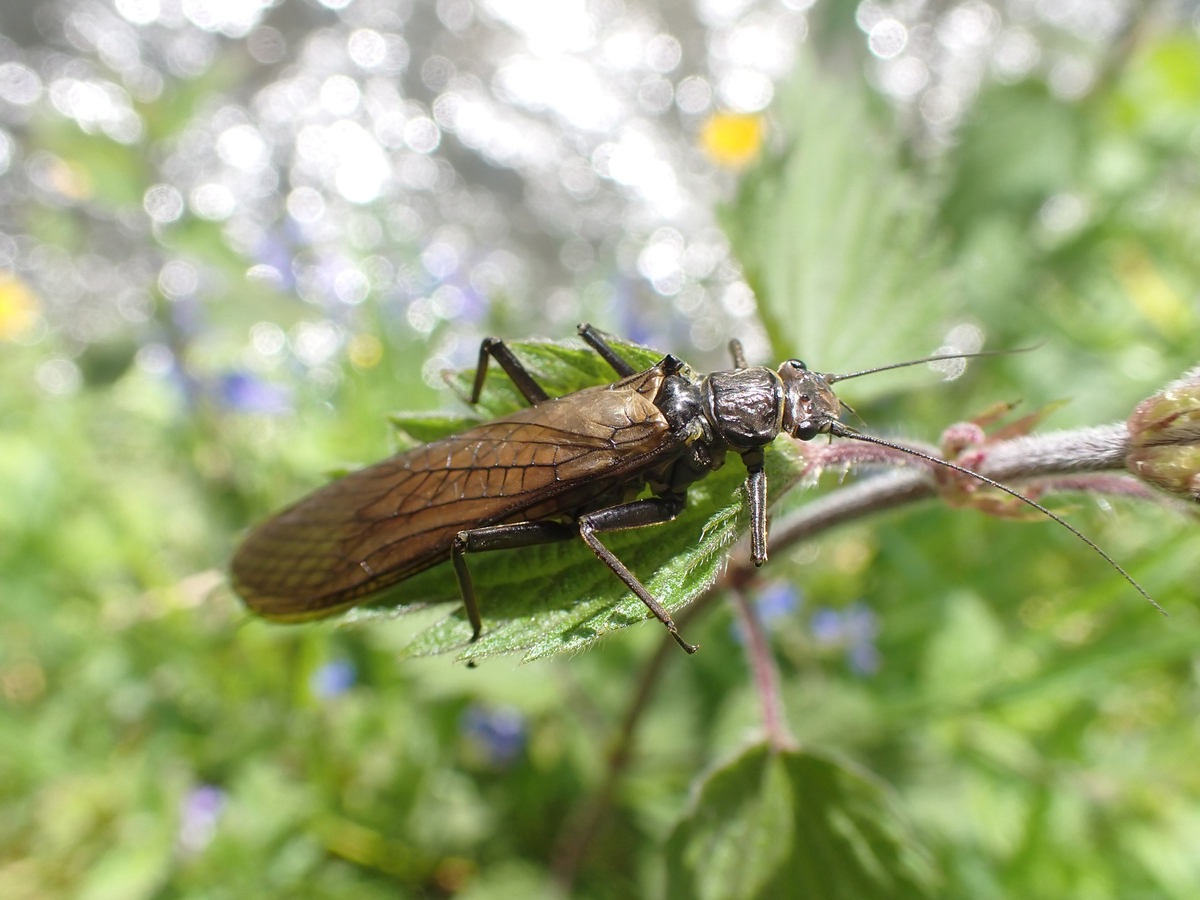In the insect world, the biological process of metamorphosis is characterised by completely different morphological larval and adult stages: for example, butterflies differ significantly from their young stages, the caterpillars. It is believed that this process has allowed insects to adapt to widely different habitats and driven their global proliferation. A research team led by the University of Bonn has refuted this hypothesis of evolutionary theory in stoneflies by examining numerous insects using the radiation generated by particle accelerators - the majority of the investigations were performed at the Image Cluster of the Institute for Photon Research and Synchrotron Radiation (IPS) located at the KIT Light Source.
"Utilising our high-throughput X-ray imaging capabilities, we can perform fast 3-D scans on the timescale of a minute, and make even the smallest details of these tiny insects visible," says Thomas van de Kamp from the IPS at KIT. "On the basis of the 3-D data, the exact shape of the heads and mouth parts could then be characterized and compared with data on feeding behaviour and habitat from almost 1,000 scientific publications."
It was found that the head shape of the adult stonefly is strongly influenced by the larvae. This means that the change from the larval to the adult stage in stoneflies is not accompanied by a pronounced decoupling of the two stages, and the way of life of the young animals fundamentally determines the appearance of the adults. According to the researchers, the study shows for the first time how closely successive life stages are linked in insects without a pupal stage.
Further reading
Peter T. Rühr, Thomas van de Kamp, Tomáš Faragó, Jörg U. Hammel, Fabian Wilde, Elena Borisova, Carina Edel, Melina Frenzel, Tilo Baumbach and Alexander Blanke, Juvenile ecology drives adult morphology in two insect orders, Proceedings of the Royal Society B: Biological Sciences 288, 2021

